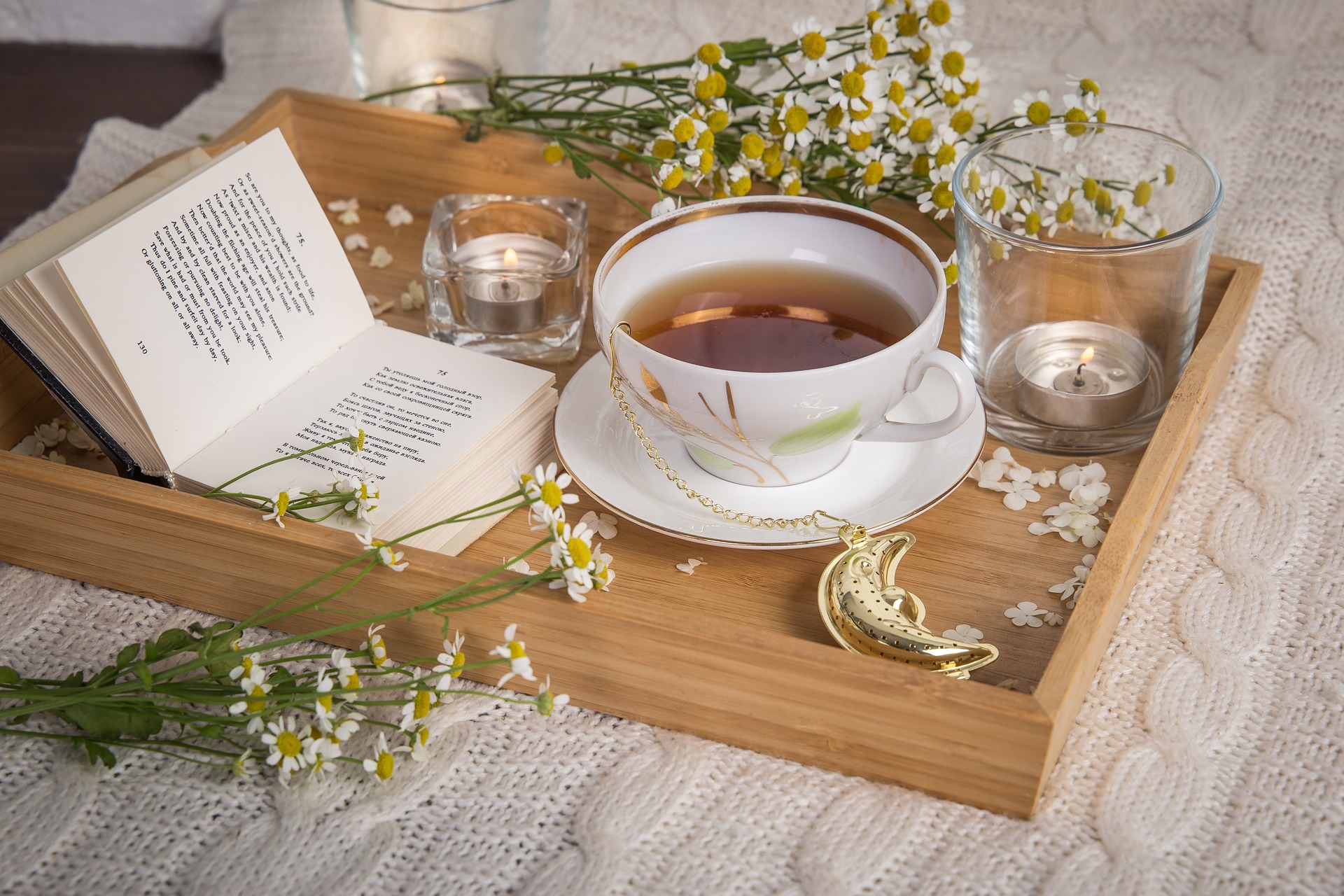The Art of Tea: An Exploration of Tea Culture Around the World
Tea, a simple infusion of plant leaves and hot water, is a beverage that transcends cultures, centuries, and continents. From the serene Japanese tea ceremony to the vibrant chai stalls of India, tea connects people in ways that go beyond mere refreshment. Let’s embark on a journey through the world of tea, exploring its flavors, rituals, science, and stories.

A Leaf of Many Flavors
Tea is a dynamic drink with a plethora of flavors and aromas, each influenced by the variety of the tea plant, its terroir, and the craftsmanship involved in its processing.
- Green Tea: Known for its fresh and grassy flavors, green tea is minimally oxidized, preserving its delicate taste and high antioxidant levels. Matcha, a finely ground green tea powder, is a star in this category.
- Black Tea: Fully oxidized leaves give black tea its robust and bold flavor. Popular varieties include Assam, Darjeeling, and Earl Grey.
- White Tea: Made from young leaves and buds, white tea is the least processed, resulting in a subtle and sweet flavor.
- Oolong Tea: Sitting between green and black tea, oolong offers a wide range of flavors, from floral and fruity to roasted and nutty.
- Herbal Infusions: While technically not tea, herbal blends like chamomile, peppermint, and rooibos offer caffeine-free alternatives with unique health benefits.
Each type of tea offers a different experience, inviting you to explore its depth and diversity.
Rituals & Ceremonies: A Cup of Culture
Tea is more than just a drink—it’s a cornerstone of cultural identity and tradition across the globe.
- Japan: The Japanese tea ceremony, or chanoyu, is a meditative practice rooted in Zen Buddhism. The ritual focuses on the preparation, serving, and drinking of matcha, symbolizing harmony, respect, purity, and tranquility.
- China: Tea plays a vital role in Chinese culture, from casual gatherings to formal Gongfu tea ceremonies that emphasize precision and artistry.
- India: Chai, a spiced milk tea, is an integral part of daily life. Served in clay cups at roadside stalls, it’s a symbol of hospitality and warmth.
- England: Afternoon tea is an elegant tradition featuring black tea served with scones, clotted cream, and finger sandwiches, embodying a sense of leisure and sophistication.
- Middle East: In countries like Morocco, tea is often a communal affair. Sweetened mint tea is poured with flair from ornate teapots, symbolizing friendship and generosity.
These rituals reveal how tea has become a universal language of connection, comfort, and culture.
Thermometer, Kettle, & Timer: The Science of Brewing
Brewing tea is both an art and a science, requiring attention to detail to unlock its full potential.
- Water Temperature: Different teas require different brewing temperatures. For instance, green tea thrives at 175°F (80°C), while black tea demands a higher heat of around 200°F (93°C).
-
Steeping Time: Over-steeping can make tea bitter, while under-steeping leaves it bland. Follow these guidelines:
- Green tea: 1–3 minutes
- Black tea: 3–5 minutes
- Herbal tea: 5–7 minutes
- Tea-to-Water Ratio: Use one teaspoon of loose-leaf tea (or one tea bag) per cup for the perfect balance.
- Teapots and Infusers: Materials like ceramic, glass, or cast iron can influence heat retention and flavor. Choose the right tool to enhance your brewing experience.
Mastering these variables can elevate your tea from an everyday drink to a sensory delight.
From Leaf to Cup: The Journey of Tea
The journey of tea begins in lush plantations where the environment plays a crucial role in shaping its flavor.
- Cultivation: Tea is grown in regions like China, India, Sri Lanka, Kenya, and Japan, each offering distinct characteristics. For example, Darjeeling teas from India are light and floral, while Assam teas are malty and bold.
- Harvesting: The timing of the harvest impacts the flavor profile. First flush teas are picked early in the season, resulting in a delicate taste, while later harvests are more robust.
- Processing: After harvesting, tea leaves undergo withering, rolling, oxidation, and drying. These steps define the type of tea, from green to black to oolong.
- Packaging and Transport: Proper storage and transportation ensure the tea retains its freshness and aroma until it reaches your cup.
Understanding this process deepens your appreciation for the work behind every sip.
Tips & Fun Ideas: Enhance Your Tea Experience
- Experiment with Flavors: Add fresh mint, ginger, or a splash of honey to your tea for a refreshing twist.
- Create Your Own Blends: Mix different teas and herbs to craft a personalized blend that suits your taste.
- Tea Pairings: Treat tea like wine! Pair green tea with light dishes like sushi, black tea with rich desserts, or herbal tea with spicy foods.
- Invest in Accessories: A quality kettle, tea infuser, or even a cast-iron teapot can elevate your brewing experience.
- Cold Brew for Summer: Steep tea leaves in cold water for several hours to create a smooth, refreshing iced tea.
A Sip of Serenity
Tea is more than a beverage; it’s a journey into culture, craftsmanship, and relaxation. Whether you’re savoring a matcha latte, sharing chai with friends, or indulging in afternoon tea, each cup tells a story. By exploring its flavors, traditions, and science, you can transform your tea-drinking habit into a daily ritual of serenity and discovery.
So, the next time you steep a cup, take a moment to appreciate the rich heritage and artistry behind this timeless drink.




